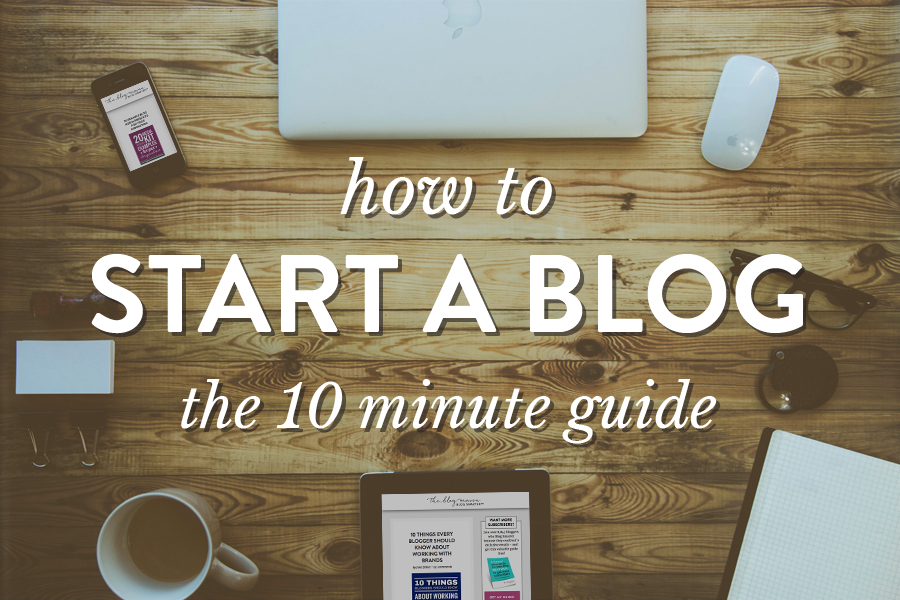Inquire
How to create blog's

1. Determine your blogging platform: Choose a platform to host your blog. Popular options include WordPress, Blogger, and Medium. Each platform has its own features and user interface, so explore the to find one that suits your needs.
2. Select a domain name: If you want a personalized blog address (e.g., www.yourblogname.com), you'll need to purchase a domain name. Many platforms offer domain registration services, or you can use a separate domain registrar.
3. Set up your blog: Sign up for an account on your chosen platform and follow the instructions to set up your blog. Customize the design and layout to match your preferences.
4. Choose a theme: Select a theme or template for your blog to determine its overall look and feel. Many platforms provide a variety of free and paid themes to choose from. You can customize the theme further to make it unique.
5. Plan your content: Decide on the topics you want to cover in your blog. Research and brainstorm ideas for your blog posts. Consider your target audience and what they would find valuable or interesting.
6. Start writing: Begin creating your blog posts by writing engaging and informative content. Pay attention to your writing style, grammar, and spelling to maintain a professional appearance. You can also include images, videos, or other multimedia elements to enhance your posts.
7. Optimize for search engines (SEO): To improve your blog's visibility in search engine results, optimize your content for SEO. This includes using relevant keywords, writing meta descriptions, adding alt text to images, and formatting your posts properly.
8. Publish and promote: Once you're satisfied with a blog post, publish it on your blog. Share your posts on social media platforms, participate in blogging communities, and engage with your readers to promote your blog and attract a wider audience.
9. Regularly update your blog: Consistency is key for a successful blog. Publish new content regularly to keep your readers engaged. Create an editorial calendar to plan and schedule your posts in advance.
10. Interact with your readers: Encourage reader engagement by responding to comments on your blog posts. Ask questions, create polls, and invite readers to share their thoughts. Building a community around your blog can help foster a loyal audience.
Remember, creating a successful blog takes time and effort. Stay consistent, provide valuable content, and engage with your readers to grow your blog ove time.

- Managerial Effectiveness!
- Future and Predictions
- Motivatinal / Inspiring
- Other
- Entrepreneurship
- Mentoring & Guidance
- Marketing
- Networking
- HR & Recruiting
- Literature
- Shopping
- Career Management & Advancement


 SkillClick
SkillClick